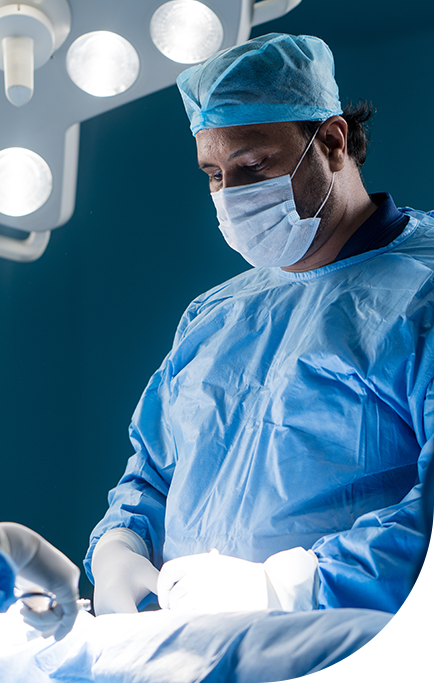TESA (Testicular Sperm Aspiration)

What is TESA?
TESA is a percutaneous procedure that is usually done when there is no sperm present in the ejaculate. In which a fine needle is inserted into the testis to aspirate testicular tissue and extract sperm. The tissue is processed and checked under the microscope for the presence of sperm. The sperm thus obtained through TESA can be used for ICSI procedures to fertilize eggs.
Who can opt for TESA?
TESA is typically chosen for:
- Men with azoospermia
- Men who’ve undergone vasectomies but wish to father children through IVF
- Those with failed vasectomy reversals
- Certain cases of failure (IVF/ICSI)
What are the prerequisites for IVF?
Before undergoing TESA:
- Evaluation of male fertility status
- Consultation to ensure the couple understands the process and potential outcomes
- Screening for any infections or medical contraindications
How does TESA work?
TESA is a simple surgical procedure done under short anesthesia. A fine needle is introduced into the testicle, and a sample of tissue likely to contain sperm is aspirated. Tissue is processed and searched for the presence of sperms under a high magnification microscope.
Post-TESA procedure

1
Though mild discomfort or swelling might be observed, it usually subsides over a few days. Pain relief medications help reduce the symptoms
2
It’s advised to avoid strenuous activities for a couple of days post-procedure
3
The extracted sperm can either be used immediately for ICSI, or frozen for future use
Frequently Asked Questions
How successful is TESA in retrieving sperm?
While the success rate varies, TESA has a high rate of sperm retrieval, especially in cases of obstructive azoospermia.
Are there any risks involved?
As with any medical procedure, there are risks, such as infection or hematoma, and anesthesia-related complications, but they are very uncommon.
